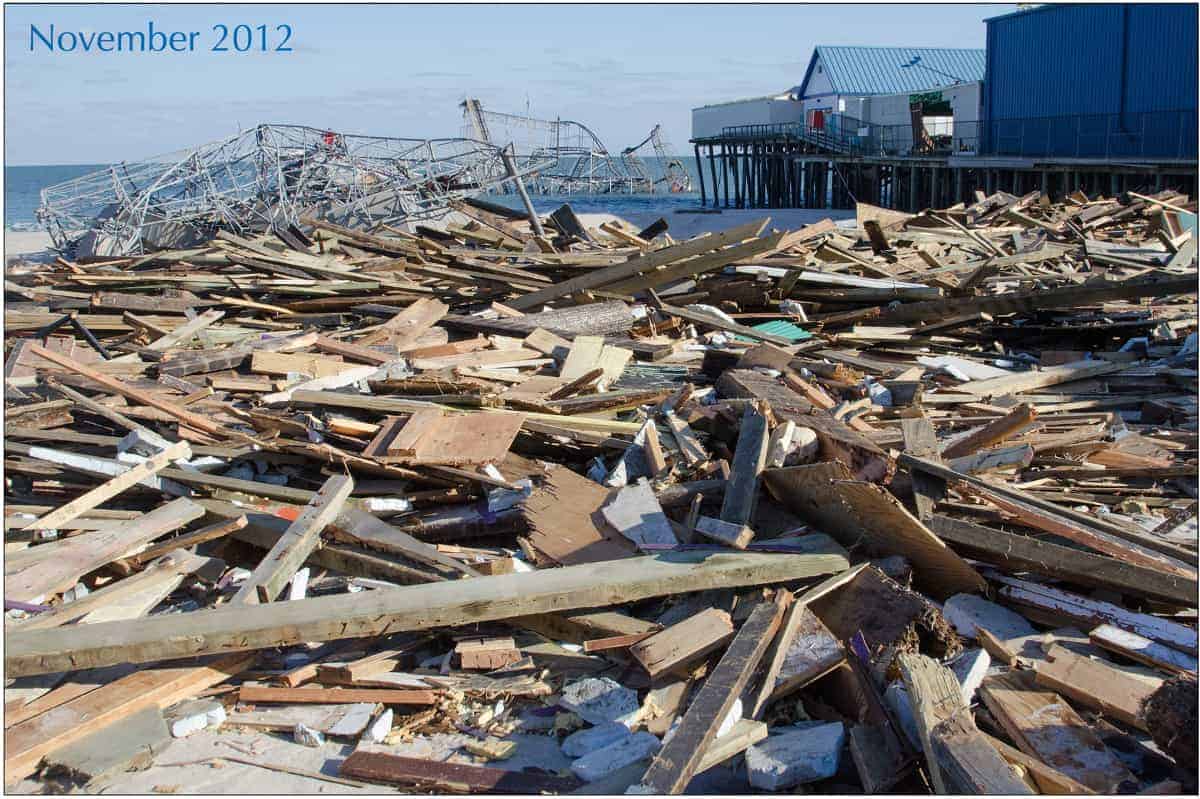The Internet age has brought information in vast quantities to our fingertips from just about anywhere. Unfortunately, a lot of that information isn’t perfect and some of it is downright dangerous.
Any genuine expert on a particular topic can only shake their head at some of the so-called “authoritative” information that is available. Such is the case with information on generators and how to use them, and especially with portable generators.
Make sure the knowledge you have about electric generators is correct. If you have a question, call a knowledgeable expert; don’t ask for information in forums or social media and expect answers you can count on.
Terms to Know and Apply
Volts and Amps are electrical measurements. Amperes or amps is the amount of electrical current flowing. Volts is the pressure behind the current that makes it move. Multiply volts by amps and you get watts which is a measure of the amount of work being done. Generator capacity is measured in watts or sometimes kilowatts. 1 kilowatt equals 1000 watts.
Never attempt to connect an appliance designed for one voltage to a source that supplies a different voltage. A 240-volt device cannot be powered by 120-volt outlet or vice versa.
Running or Continuous Watts is the amount of electrical power or work that a generator is capable of doing continuously. Select a generator for purchase that is capable of doing the work.
Just like a runner can put on a burst of speed at the end of a race, a generator has a surge capacity. Like a runner, the generator is only capable of producing it’s maximum or surge watts for a very short time. Continuously overloading a generator may damage it or cause damage to the appliances connected to it.
Connecting Generators
Electric cables, wires, and extension cords are rated by the number of amperes they can carry. Exceeding the ampere rating will cause overheating and possibly a fire. Ordinary, two-wire household extension cords are a poor choice for making generator connections. Select heavy-duty cables that include the ground prong on the plug for making connections.
A good choice for connecting to generator 120-volt appliance outlets are grounded cords rated for 20 amperes. Most manufacturers have cords designed for 240-volt outlets for making generator-to-house connections.
Purchase extension cords long enough for the job. Don’t connect multiple cords together.
Keep your local utility worker safe. Never backfeed a generator using a homemade cable that you plug into an appliance outlet. You could energize a utility line unexpectedly and electrocute a utility worker.
Adding a standby generator to your home is a big job and requires extensive electrical experience and knowledge. Permits and inspections are required and an improper installation or one that was not inspected could void your homeowners insurance. Unless you have the experience necessary and your local building department approves, hire a licensed electrician experienced in standby generator installation.
Generator Placement
Never run portable generators indoors or in an enclosed space such a garage or shed. Carbon monoxide can reach lethal levels in just minutes. Always run portables outdoors and at least ten feet away from the home.
Be mindful of your neighbors home. Don’t place a generator where prevailing winds will carry exhaust fumes through open windows, doors, or vents.
Place portable generators on a firm surface such as a concrete pad or driveway and never where water may collect in a puddle.
There are specific rules for standby generator placement based on National Fire Prevention Codes. Consult your owner’s manual for proper placement, but remember that local codes may override what manufacturer recommends.
Refueling
Portables require a steady diet of fresh fuel. Never attempt to refuel a hot portable. Shut it off and allow it to cool. This also provides an opportunity to check the oil and top it off as necessary. Look at the air filters and make sure they are clean. Replace as required.
Store fuel in appropriate containers designed for the type of fuel your generator uses, and in a storage location that meets local safety codes. Many communities place limits on the amount of fuel stored in at residential locations, and some limit the size of the containers that may be filled. Check for local restrictions before storing large quantities of fuel.
Motor vehicle gasoline has a limited storage life. Use gasoline stabilizers to keep your fuel fresh and rotate into use with your car, lawnmower, and other gasoline powered equipment.
Generators are becoming essential for an emergency supply of power. Understand manufacturer guidelines, use common sense, and follow all local codes and laws governing their installation and use.
















